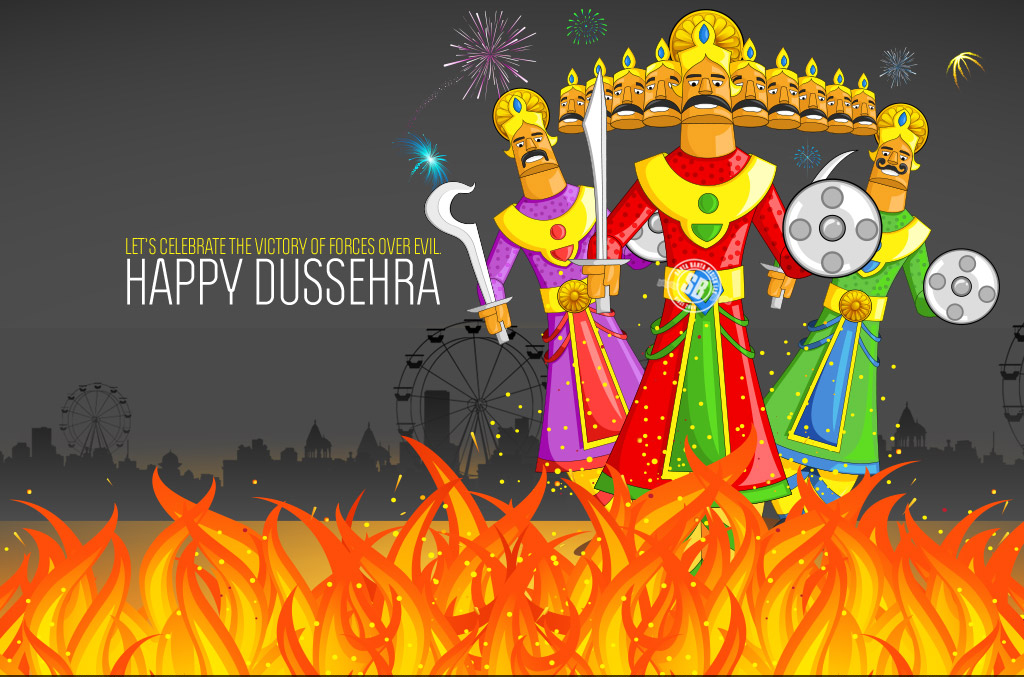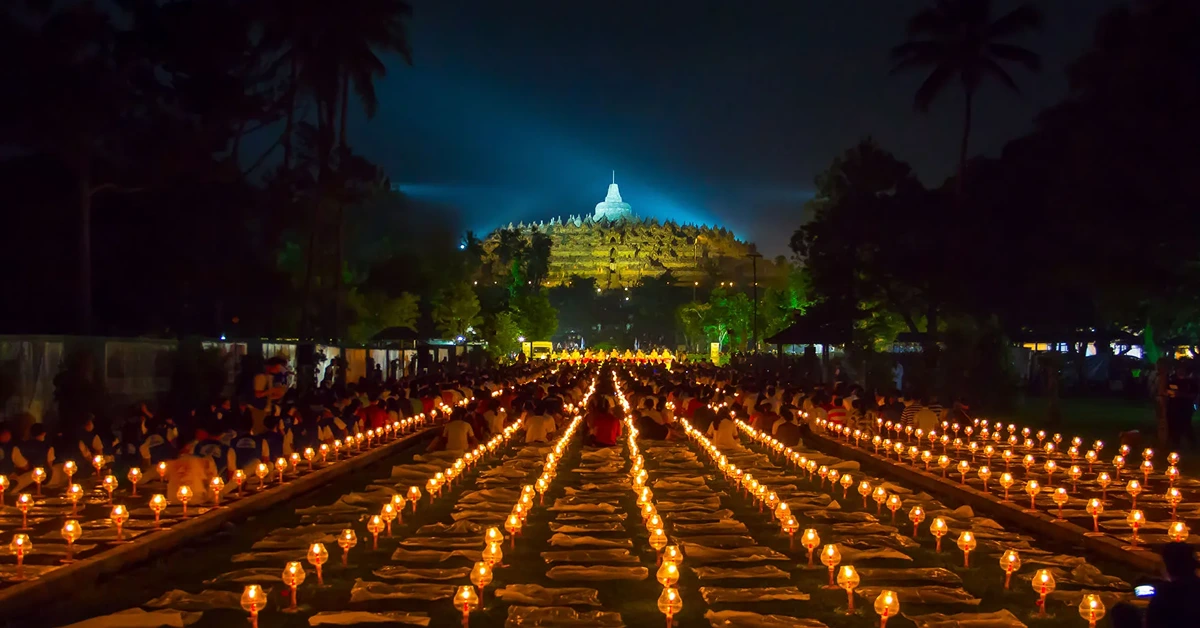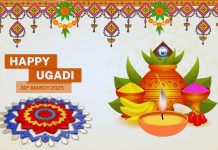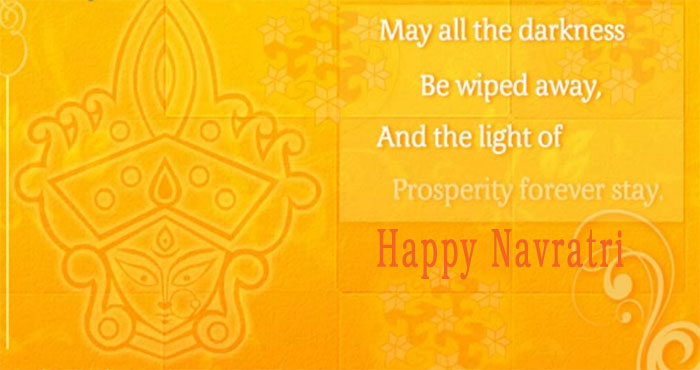Come October and we see the hustle & bustle all around. There is a festive mood in the air. The calendar is marked with a chain of festivals one after another. First among the list is Navratri, then Dussehra or Vijayadashmi followed by Diwali and Bhai Dooj.
Dussehra is celebrated with joy and enthusiasm for ten continuous days. Dussehra denotes victory of good over evil, victory of virtue over sin, victory of Gods over demons, victory of Goddess Durga over Mahishasura and victory of lord Rama over Ravana.
From a spiritual perspective this is the victory of gyana (spiritual knowledge) over ignorance as it is ignorance which is the main cause for bad fate, unfavorable situations and adversities in life. The toughest battle one ever fights in life is the battle within the self. Ravan’s ten heads represents ten bad qualities of a person: Lust – Kam Vasana, Anger – Krodh, Attachment – Moh, Greed – Lobh, Over Pride – Mad, Jealousy – Matsarya, Selfishness – Swarth, Injustice – Anyaay, Cruelty – Amanavta, Ego – Ahankar
The nine-day Navaratri festival is meant to overcome these obstacles and win over our negative aspects and clear the path for success and prosperity. These nine nights is the time to reflect on oneself, observe silence & practice fasting. Fasting cleanses the body of toxins and silence purifies speech & mind.
Dussehra (the tenth day) is the climax of the nine-day long celebrations of Navratri. It commemorates the death of the evil king Ravana along with his son Meghanath and brother Kumbhakaran, at the hands of Rama. This victory is celebrated by burning the effigies of Ravana, Kumbhkarana & Meghnatha.
Ramlila, a dance-drama narrating the story of Rama’s life according to the Ramayana, is enacted for the nine days preceding Dussehra is the main event conducted in northern parts of the country.
According to the Ramayana, Rama was the exiled prince of Ayodhya. While living in the forest, his wife Sita was abducted by Ravana, the demon king of Lanka. Rama, assisted by an army of monkeys, attacked Lanka to rescue her. A fierce battle ensued between the two armies for many days as it was proving very difficult to beat the mighty Ravana. Rama then prayed for nine days to nine different aspects of Durga and accumulated enough strength to defeat Ravana. Durga divulged the secret to Ram how he could kill Ravana.
The story of the Ramayana is a parable of how God, personified by Rama, and humans represented by monkeys, together can rid the world of negative tendencies.
Then after vanquishing him, Ram with Sita and Laxman returned victorious to his kingdom of Ayodhya on Dussehra day.
Dussehra & Durga puja are celebrated throughout the country at the same time with great enthusiasm and with varying rituals, and with the same motive to celebrate the victory of good over evil.
Here are some interesting facts about this festival:
- ‘Dussehra’ is derived from the Sanskrit word ‘Dasha-Hara’ which literally means “The Sun Will Not Rise” further clarifying that the sun wouldn’t rise until Ram kills Ravan
- Goddess Durga is the ‘Shakti’ created by God Brahma, Vishnu and Mahesh in order to curb the powers and kill the demon king Mahishasur
- Durga killed the demon on 10thday of the Shukla Paksha of Hindu Lunar Calendar, and the victory on this day is also referred as Vijayadashmi
- Apart from India, Dussehra is also celebrated in Nepal and Bangladesh. Malaysia has an official holiday to mark the religious festival
- It is believed that Dussehra is being celebrated since 17th century after the King of Mysore ordered the state to celebrate the same in full glory
- The festival also mark the change of the agriculture crops, farmers now harvest the Kharif crops and after Diwali starts with the Rabi crop. It marks the beginning of pleasant and cooler climate after the monsoon
- It is believed that Goddess Durga visits her mother with her children Ganesh and Kartik on the day of Durga Puja and returns to God Shiva on Dussehra






